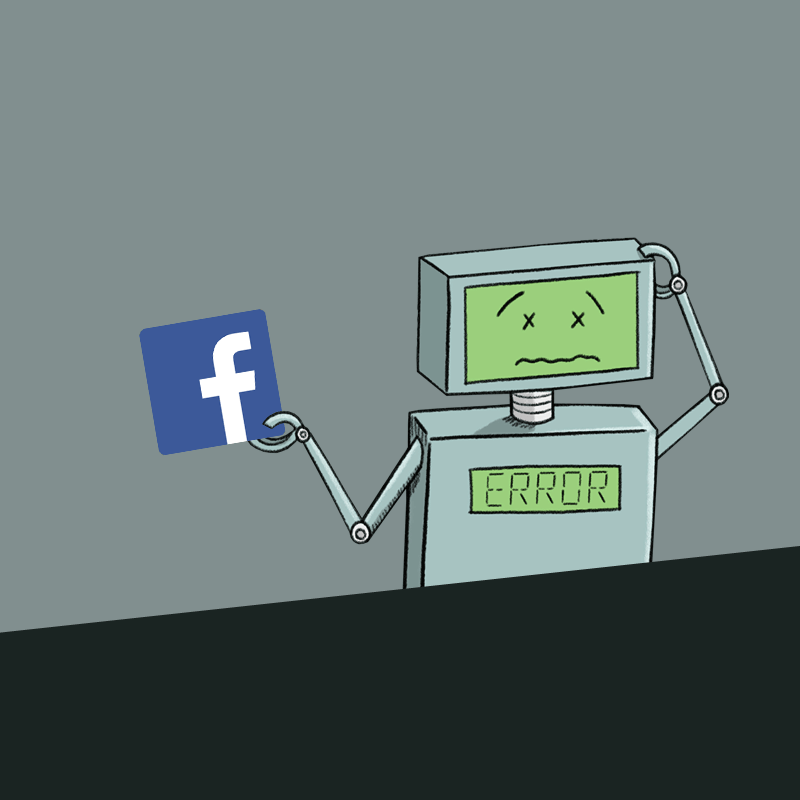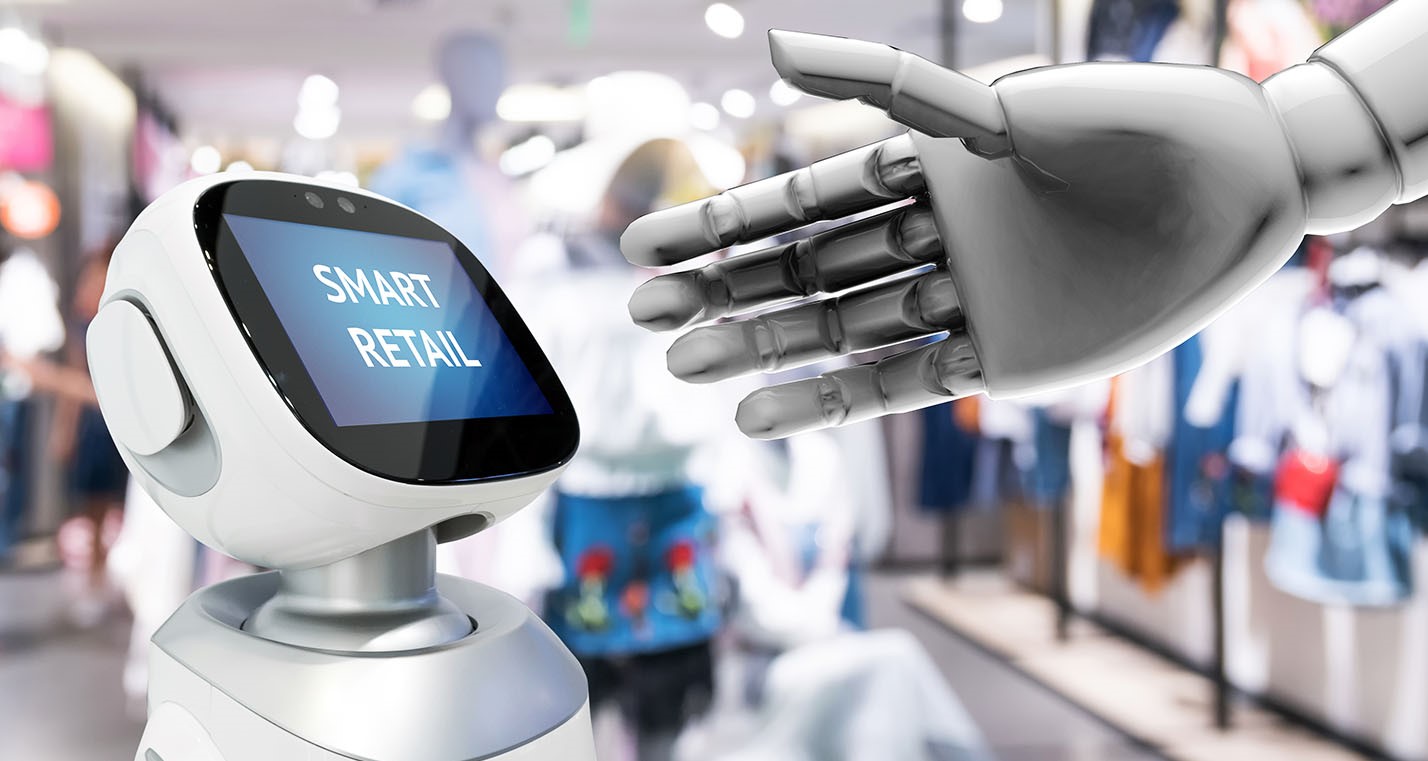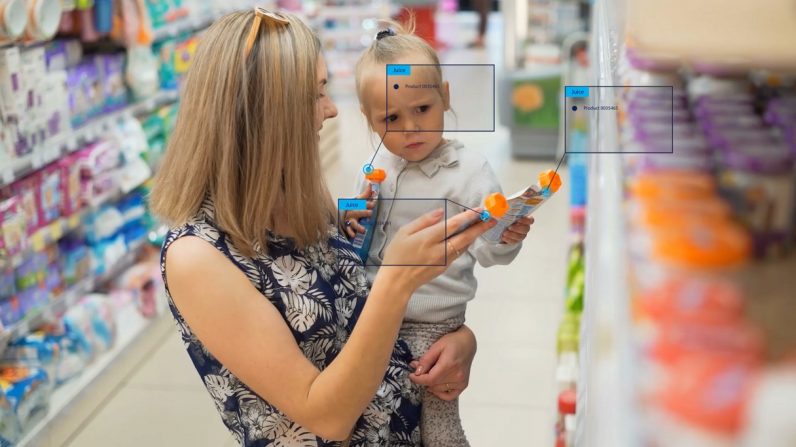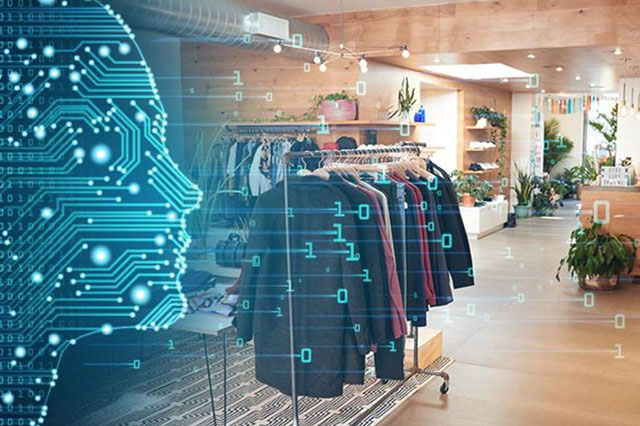IT IS WELL DOCUMENTED THAT AI CAN NOW recognize images. Such technology is behind Facebook’s ability to automatically tag people in your photos or how your iPhone cleverly sorts the various people in your life into image folders.
In other areas of AI research, like understanding text and language, similar models have proved more elusive. But recent research from Open AI has signalled potential breakthroughs through the creation of new language models.
Here at Jaggu we have gone once step beyond this- creating technology that understands the text that actually appears in images. Being able to identify the language in images, within the contexts they appear, has a myriad of different business uses.

Our technology has the ability to remove text from millions of images, in real time, and input this information into a text recognition model. Once that happens our technology users’ classifiers to comprehend the context of the text and the image together and make sense of what it is seeing.
This technology can pick up text of all different sizes and shapes and is as adept at detecting both printed text and more handwritten styles. Once these words are understood they can then be placed in a readable format for searching and organisation. Suddenly labels like captions, product names, text logos, street names, licence plates and product names become mappable and identifiable at scale, eliminating the need for anyone to manually scan each image for the relevant text.

For brands this technology could be revolutionary. Being able to search images based on the text they contain means that they can find and measure who, when and why is interacting with their products. Suddenly even if their product is placed in the back of an image it can still be turned into meaningful and actionable data. Furthermore, by being able to detect your brand’s logos on people’s accessible social media, brands can reach people that already have an interest in their products. In this way, understanding text in images will contribute to a new, more personalised form of customer relationship.

Another use of this technology is to ensure compliance in adcopy. The technology can look at the visuals and text within copy, scanning them in order to ensure that all logos and descriptions say what they should, where they should. We recently worked with a global computer company that wanted to automate the process of checking if their compliance name mentions were being correctly placed alongside the compliance logo on their products. The amount of time and money that this would normally take employees to manually go through this content is frankly unthinkable. The automation of this task improved the productivity of their teams- freeing up their time to focus on more creative and strategic tasks and reducing the chance of any human error.
Jaggu’s computer vision helps our costumers you find, see, understand, and unlock the text insights that lay dormant in your image data. These in turn can be the key in helping you achieve your goals in today’s ever-changing world.






